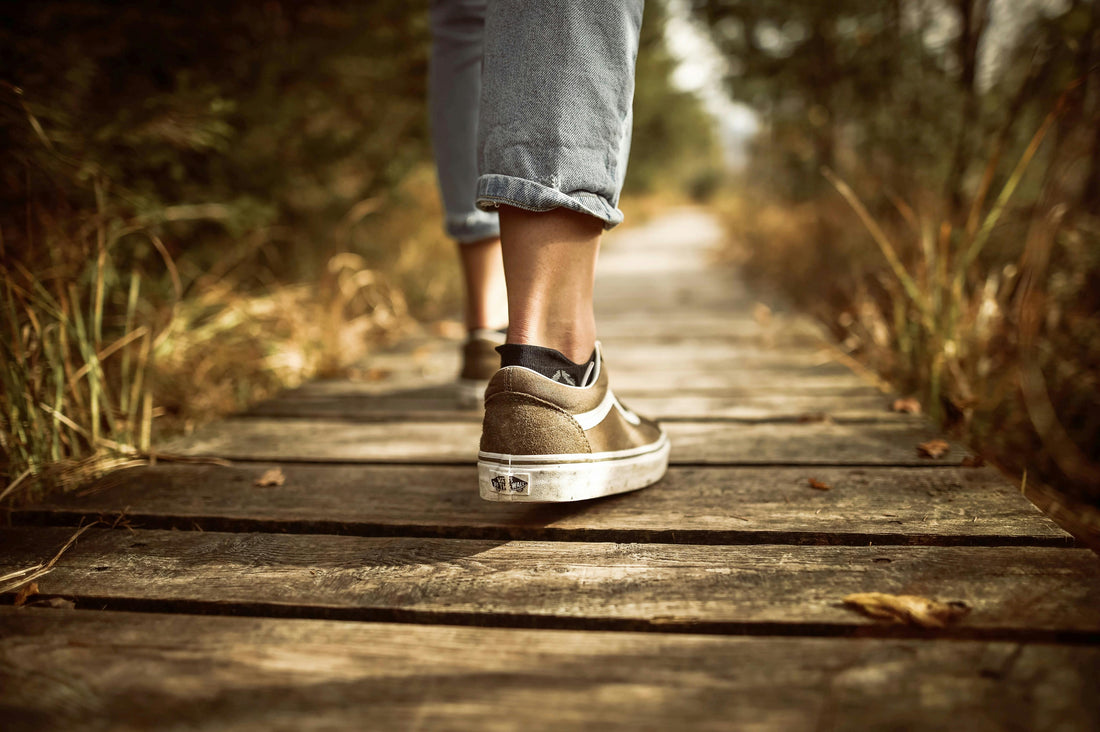
How More Movement Can Help Lower Blood Pressure at Home
Share
Introduction
High blood pressure, or hypertension, is a major risk factor for heart disease and stroke. While medication can help, lifestyle changes—especially staying active—play a powerful role in managing blood pressure. A recent study from Japan looked at how daily activity and sitting time affect home blood pressure. The findings give us useful clues on how everyday movement can support heart health.
Every Step Counts
This study tracked people over five years, using a device that measured their daily steps and different levels of physical activity, from light to vigorous. Participants also measured their own blood pressure at home each day. This method gave a clear picture of how real-life movement patterns impact blood pressure outside of a doctor’s office.
What they found was simple: more movement, especially at higher intensities, was linked to lower blood pressure. Even walking more helped. For example, every extra 1,000 steps a person took each day was associated with a small but steady drop in both systolic and diastolic blood pressure.
Vigorous Activity Has a Bigger Impact
The biggest effect was seen with vigorous physical activity—things like running, fast cycling, or intense exercise sessions. Just one extra hour of vigorous activity a day was linked with noticeably lower blood pressure. This kind of activity challenges the heart and lungs more and seems to have a stronger benefit when it comes to managing blood pressure.
Interestingly, moderate activity (like brisk walking) did not show as clear a benefit, and light activity (like slow walking or housework) was even linked with slightly higher readings in some cases. However, this may be because people with higher blood pressure are already trying to be more active with lighter forms of exercise.
Sitting Too Much May Raise BP
The study also looked at sedentary time—basically, time spent sitting or not moving. For men and younger adults under 60, sitting longer each day was linked with higher blood pressure. This highlights the importance of not just moving more, but also breaking up long periods of sitting.
Surprisingly, for older adults and women, more sitting time was linked with slightly lower blood pressure. Researchers think this could be due to other lifestyle factors, like better health awareness or a different pattern of activity. Still, the overall message remains clear: more movement is usually better.
What This Means for You
If you're trying to keep your blood pressure in check, increasing your daily step count and fitting in more vigorous activity can help. You don’t need to start with long workouts — even small increases in movement each day can add up. Try taking the stairs, going for a brisk walk, or standing up and stretching if you've been sitting too long.
Conclusion
Regular movement, especially at higher intensity, is linked to better blood pressure control at home. While the effects may be modest, they’re real — and they add up over time. To protect your heart, make it a goal to move more and sit less, every day.
